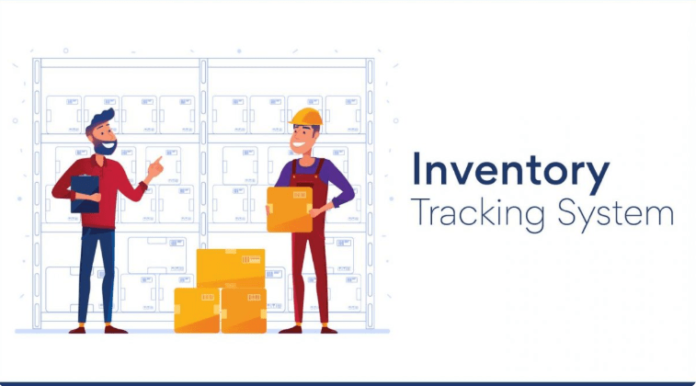There are a variety of benefits to tracking inventory data, and a spreadsheet can be a great starting point. Once you’ve created the inventory list, you’ll need to identify where each item is located and how many of each item are currently available. Ideally, you’ll do a stock check at least twice a month, calculate sales over the past month, and account for received inventory when shipments arrive. A simple system is ideal for a single warehouse and is sufficient for most businesses.
The most important part of any inventory management system is people. This means that you’ll need to establish policies for handling products and items, as well as how employees can handle transactions. In addition, you should share a guide to tracking an inventory with anyone who handles stock. A guide to tracking an inventory is a great way to create a centralized system for stock tracking. If you’re a small business owner, establishing a system for managing your stock is not as difficult as you might think.
A guide to tracking inventory is a great way to manage your company’s inventory. It’s essential to have a system in place for all your products, as you need to know where they are at all times. There’s also an inventory software available for you to track inventory and make it easier for you to manage your stock. Once you have a system in place, you can start keeping track of your inventory.
Creating a tracking an inventory system is essential for any business, but it should not be a complicated endeavor. All you need are the proper software, a spreadsheet, and time to create a plan and implement it. A manual inventory method is a slow method and takes much time. It requires you to keep track of the items in your store, and it’s not possible to update it constantly without a complex system.
In addition to tracking inventory, you’ll need to label the items and keep them organized. You’ll also need to use an inventory management software. If you’re looking for a software solution, you can find one on the internet. There are a number of cloud-based inventory management solutions. They are easy to implement, and offer many benefits for your business. Ultimately, an inventory management system will help your business grow.
While it’s important to have a good system, you should also consider the price of the software. Some software is free, while others require a monthly payment. The cost of the software is usually a fraction of the cost of purchasing an inventory management system. You should consider the amount of money you’re willing to spend on the software to save time. You should also consider the benefits that will accrue to your business by using an inventory management software.
The inventory management software you choose should not only allow you to monitor your inventory, but should also be easy to use. An inventory management software is the basis for effective management. An effective system can increase your profits and decrease your costs. Once you’ve found the right software, it’s time to use it. A guide to Creating a Tracking and Inventory Software is a must for any small business.
While barcode scanning is the traditional method of tracking inventory, it is becoming more popular thanks to the cost of RFID tags. An inventory management software will allow you to track inventory more efficiently and ensure that you always have enough of the product. A good system will also have a lot of automated features that will allow you to maximize your time, as well as minimize errors. This is vital for speed and efficiency.
Another benefit of an inventory management software is that it can help you manage your inventory. An effective system will allow you to optimize your inventory based on demand, which will reduce waste. This is especially useful if your products are seasonal. Similarly, you can prevent overstocking and understocking. In addition, a good system will help you keep track of your sales and ensure that you never run out of any of your products.











